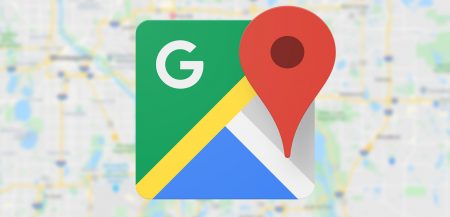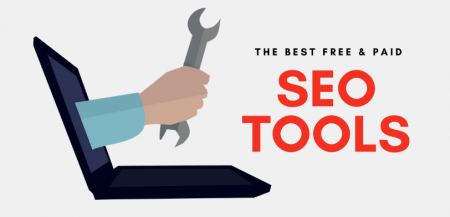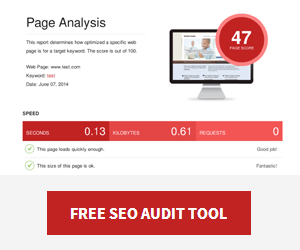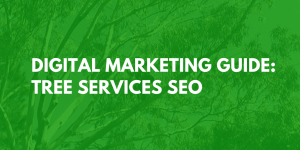After nearly 2 years in hibernation, Google has finally updated their link spam fighting algorithm known as “Penguin”. With the last Penguin update in October 2014, it’s been a long wait for SEO’s and website owners.
Three weeks after Penguin 4.0 was officially announced, the rollout is now officially complete. Penguin 4.0 is a welcome SEO game changer, but before we go into detail here’s a refresher…
What is the Google Penguin Algorithm
Penguin first hit the SEO scene in 2012. It shook up the search results by penalising websites that had spammy link building patterns designed to manipulate Google’s search results. Since then Penguin had sporadic updates where the algorithm and affected websites were “refreshed”. This penalised a new bunch of websites, and lifted penalties for others where spammy links had been cleaned up and removed.
Although a great step forward this approach has not been without problems.
Penalising websites with spammy links gave rise to negative SEO. People of questionable character could simply purchase low quality links, point them to a competitor website and wait for the next update.
On the flipside, website owners who cleaned up their link profile also had to wait for the next update. This could be months, or years with a website wiped off the face of Google.
Penguin 4.0 addresses these two problems.
What changed with Penguin 4.0
Google ‘s Penguin 4.0 update makes the algorithm real time. With Penguin’s data constantly being updated, changes will be much faster, taking effect shortly after Google crawls and indexes a page.
Penguin now devalues spam by adjusting ranking based on link spam signals. This is now more granular with individual offending pages effected rather than the ranking of the whole site.
The move to real time updates also means this will be the last time they comment on Penguin refreshes.
If you’d like to know a bit more about the history of Penguin and this update Here is Rand Fishkin‘s take on Penguin 4.0.
How do I recover or benefit from Penguin 4.0?
Most website owners would have seen a small improvement in rankings over this time, as spammy sites were pushed down. If you were hoping to recover from Penguin but didn’t, here are some reasons why.
- You need to be more thorough with your link spam cleanup. Revisit the (tedious) process reading Google’s overview of a Penguin recovery.
- Cleaning up spammy links is one thing. If this leaves you with pretty much no links at all then you shouldn’t expect to magically rise in the rankings. You need good links too!
- Your problem may not actually be Penguin. There are many reasons a website might not be performing well in search results, so it’s best to dig a little deeper or get some expert help.
To benefit from Google’s Penguin algorithm following our 5 golden rules of linkbuilding are as important as ever.
Has your website been affected by Penguin 4.0? Tell us about your experience in the comments.



















3 Response Comments
I have very low natural backlinks to my website. I regularly check it through seo majestic..your article has made me realize that that there has been sudden decrease in trust flow metric, could it be because of the new penguin update. I am still searching, what is a reliable trust worthy link and a spam link..how do we differentiate..well google has a different pair of eyes.
thanks for the information…. What would classify as a Penguin classify as a bad link?
Hey Guys,
Good question. Ultimately only Google knows what a penguin safe link is and it’s going to change over time. Following our golden rules of linkbuilding (see the end of this post) will help steer you away from building spammy links.